From sending solar-powered balloons into the stratosphere to offering free Wi-Fi in parks, Google is quietly spending hundreds of millions of dollars on nascent Internet services that may one day challenge the telecom and cable companies.
In recent months, Google Inc has
announced plans to bring free wireless Internet access to 7,000 Starbucks cafes across America, eventually displacing AT&T Inc; it has asked U.S. regulators for broader access to wireless airwaves; and it has launched 30 solar-powered balloons over the South Pacific ocean, designed to beam the Internet to remote regions.
Then there is
Google Fiber, the high-speed cable TV and Internet service that was introduced in
Kansas City late last year and that will be expanded soon to
Austin and
Provo, Utah. Fiber delivers Internet speeds at 1 gigabit per second, as much as 100 times faster than the average U.S. network.
Google is happy with customer responses in Kansas so far and may roll Google Fiber out to a few more U.S. cities, according to several people close to the project.
"Fiber is considered the golden child right now within Google because of its disruptive nature and the applause that they get from the communities using it," said a former member of Google Access, a group headed by Vice President Milo Medin, who drives the company's Internet access projects.
Medin, a networking industry veteran who founded the seminal @Home cable broadband network in the 1990s, leads a few hundred employees. The group operates autonomously with its own engineering, finance and marketing units, according to the source.
As Google delivers more music, videos and other content to mobile devices, it has become increasingly invested in ensuring it gets the bandwidth it needs. Web access projects like Fiber could help Google grow revenues beyond its maturing search business, and give it more insight into consumers' online habits, crucial to making ads more effective.
But Google would be venturing into territory far afield from its traditional strengths and margins may suffer as a result, analysts said. The company would also be competing against well-established Internet service providers, such as AT&T or Time Warner Cable Inc.
Content providers have clashed with distributors in the past. For instance, Netflix Inc, which streams billions of hours of video every month, has accused cable company Comcast Corp of giving its own content preferential treatment.
The future of U.S. federal regulations that forbid Internet service providers from blocking or slowing another company's online offerings are currently up in the air, with Verizon Communications Inc challenging the rules in court.
"Users want more speed. They don't want artificial ceilings imposed on what's possible on the Web," said Kevin Lo, general manager of Google Access.
Lo said Google was pleased with the customer response to Fiber in Kansas City so far, but he declined to give details such as subscriber numbers, financial goals, or expansion plans.
Tearing up the streets
Building high-speed networks is a cumbersome process that requires tearing up streets and working with local governments to get access to utility poles and approvals.
Given Fiber's small footprint and the limited amount of online services that actually need such high bandwidth today, the immediate threat to cable and telecom companies may be limited, according to some industry observers.
Time Warner Cable President Rob Marcus said in April he believed Google Fiber "passed" only 4,000 homes in Kansas City at the time. "The number of defections we've seen is de minimis at this point," Marcus said.
AT&T Inc said in April that it was ready to build its own 1 gigabit per second fiber network in Austin, provided it receives the same treatment from local authorities as Google, which plans to begin connecting homes there in mid-2014.
"I have to think that the existing players are trying to figure out how to respond to this, because if it goes bigger it will definitely give them a new kind of competition," said Bill Coughran, a partner at venture capital firm Sequoia Capital. He was previously senior vice president of engineering at Google and had worked on the Fiber project.
To make a difference to Google's overall business, which is expected to generate roughly $60 billion in revenue this year, the Fiber service needs to achieve significant scale.
In a city of 1 million households for example, Google would reap a modest $288 million a year in subscription revenue if 20 percent of families were to sign up for its $120 monthly TV and Internet service. If Google were able to enlist half the homes in the city, that could mean $720 million in annual revenue.
Bernstein analyst Carlos Kirjner estimated the cost of making Fiber available to 300,000 homes in the greater Kansas City region at $170 million. Expanding Fiber to 20 million U.S. homes, which Kirjner believes is not likely, would cost $10 billion to $15 billion, he wrote in a research report.
Diving into the access business in a bigger way could in the short term hurt Google's operating margin, which stands in the mid-40-percent range for its core Internet business. Typical cable industry margins are in the mid-30 percent range.
Michael Binger, a portfolio manager at Gradient Investments which owns Google shares, said he is comfortable with the company's current level of investment in projects like Fiber.
But if Google were to radically ramp up such efforts, for example by investing in a costly nationwide high-speed network, he said, "I'd want more detail about what their vision is, and how it provides a financial return down the road."
Air balloonsWith $54 billion in cash, Google can afford to fund experiments such as Fiber and
Loon - the air balloon project run by Google X, the secretive arm of the company that specializes in bold, futuristic projects such as robot cars.
Loon involves creating an airborne wireless network using 12-meter-tall, super-pressured air balloons powered by the sun. They would drift along relatively slower air currents in the stratosphere and run off batteries at night.
In June, Google launched a test of 30 balloons over New Zealand equipped to deliver 3G-like wireless speeds to ground antennas that in turn transmit the signal to wireless devices. The goal is to eventually keep a large fleet of balloons in the skies, though analysts say Google will face many technical and regulatory challenges operating such a network.
Some investors consider these projects a waste of resources.
"There are people on Wall Street who would like Google to quit spending on things that may not actually materialize in generating significant revenue," said Needham & Co's Kerry Rice.
But he added that a Google-owned, high-speed Internet service would support its other online businesses such as YouTube, which can offer more long-form video programming that allow for more opportunities to insert commercials.
"If you have the infrastructure in place, there are a lot of things you can do," Rice said.
YouTube said in May it was streaming 6 billion hours of video a month. The goal is to get to 1 billion hours a day within a couple years, according to a person familiar with the matter, adding that bandwidth is crucial to the effort to ramp up viewership. Google declined to comment.
Wall Street has generally tolerated Google's experiments because of past successes such as the Android software, which is now installed on four-fifths of the world's smartphones. Other products such as Google TV, however, have fared less well.
Owning the pipes would give Google even more insight into consumers' online habits, which can help make its ads and products more effective, analysts said.
"If you're the network provider and you're monitoring the traffic, looking at what people are doing, you're going to be the first to know," said Ian Keene, a Gartner analyst.
Google has funded public WiFi networks managed by cities such as New York and San Francisco. In the Starbucks deal, Google will create and run a wireless service it says will be ten times faster than the previous WiFi Starbucks offered.
Starbucks' existing wireless provider, AT&T, said when the deal was announced that it had offered to upgrade its WiFi service and that it continues to provide Starbucks with a variety of services. It could not be immediately be reached for additional comment on Wednesday.
As part of the deal, Google will also help develop a new version of the Starbucks Digital Network available to customers, putting Google in a strong position to promote the music and other media it sells and to offer more targeted advertising.
"They're not underwriting these efforts for the benefit of the Internet community," said Forrester Research analyst Charles Golvin. "They look at the big picture that these efforts are going to generate."

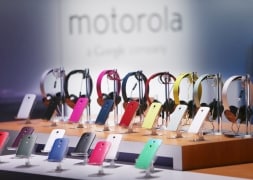











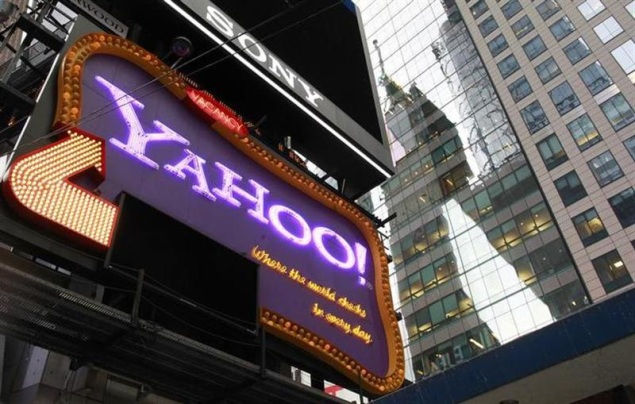






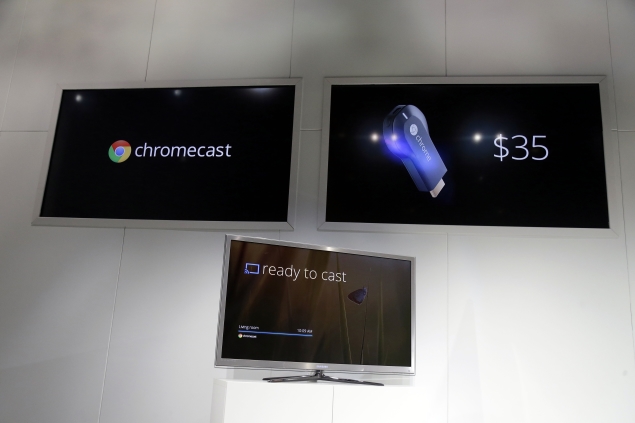
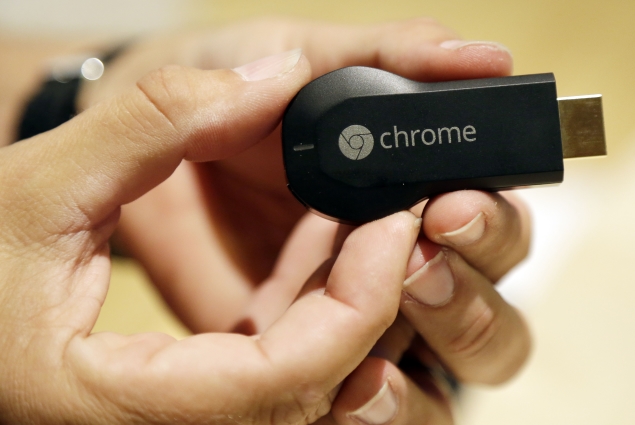
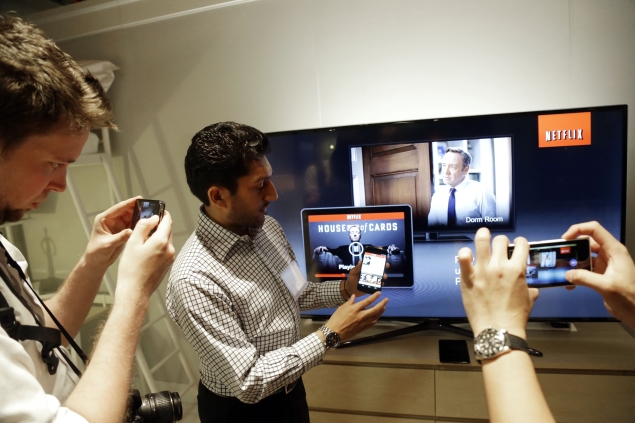

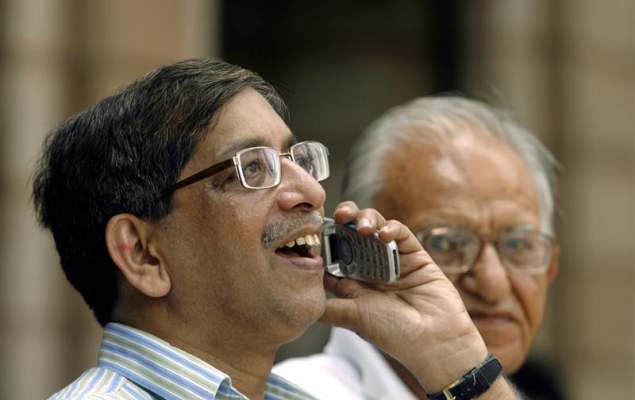
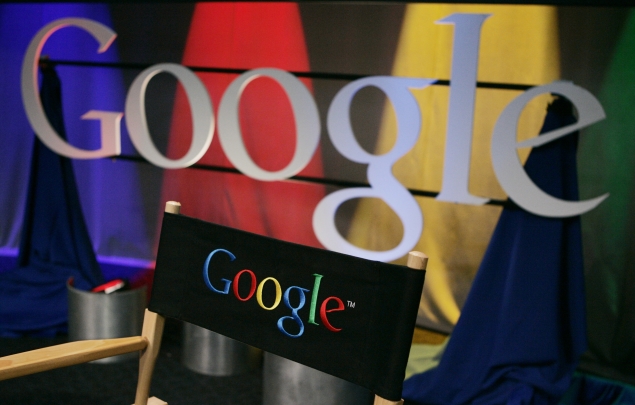

 .
.